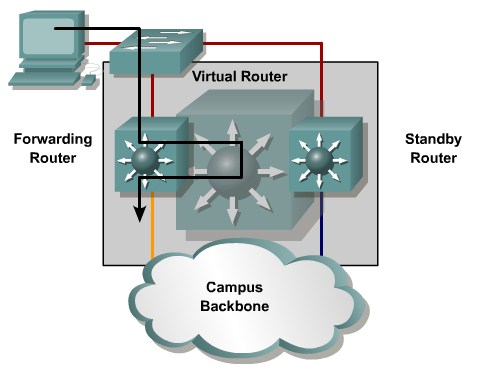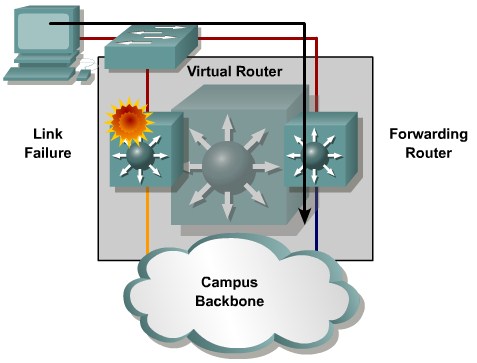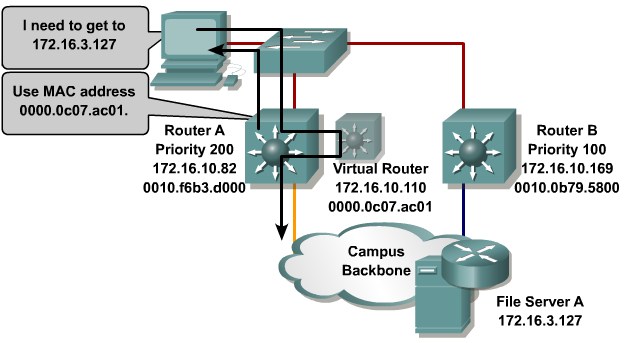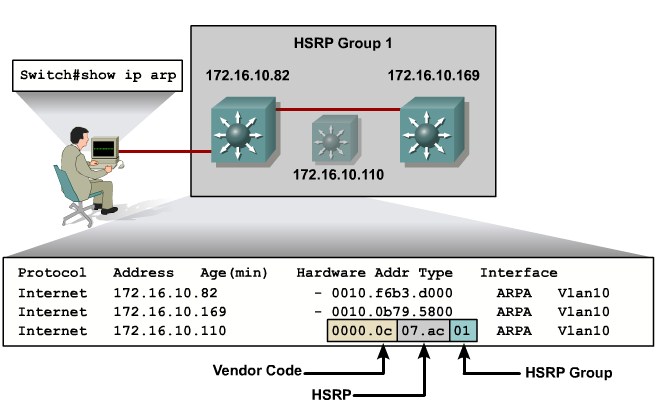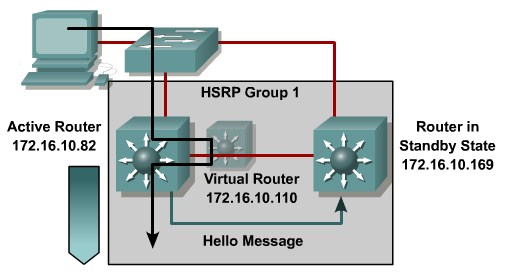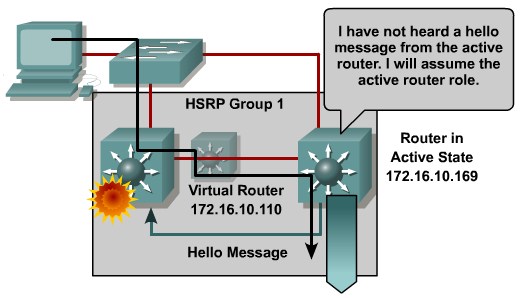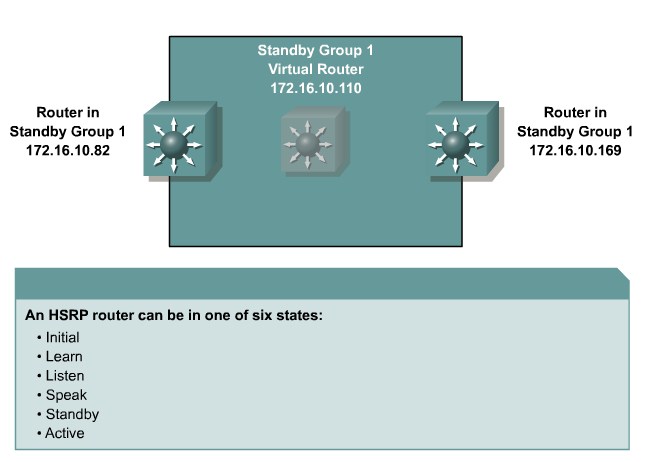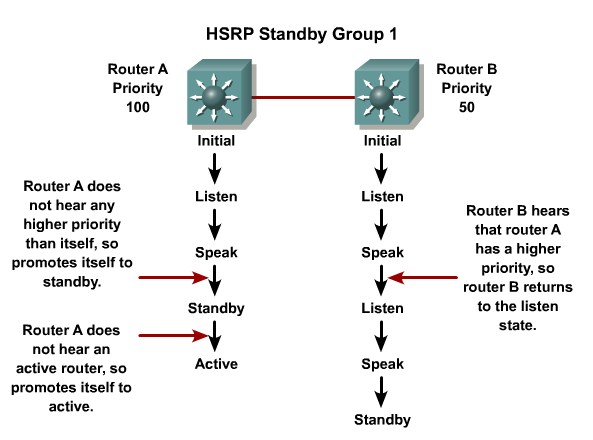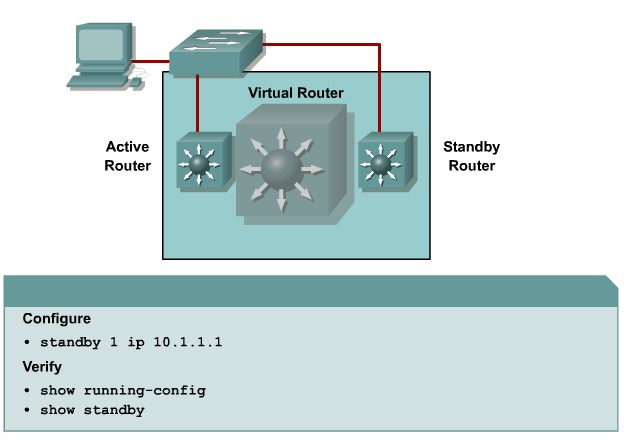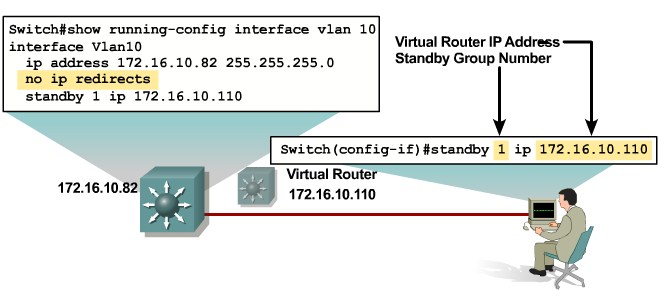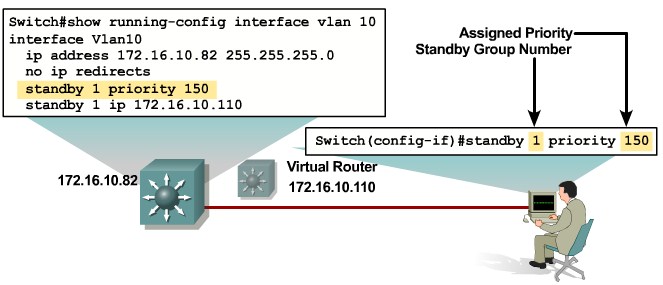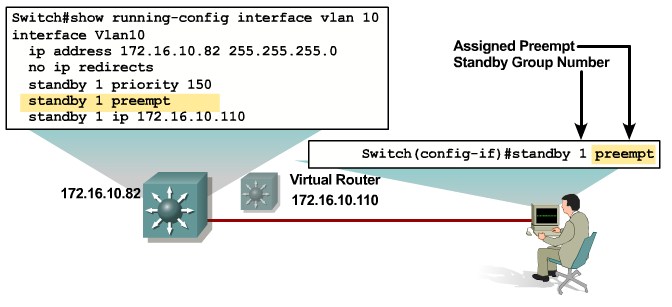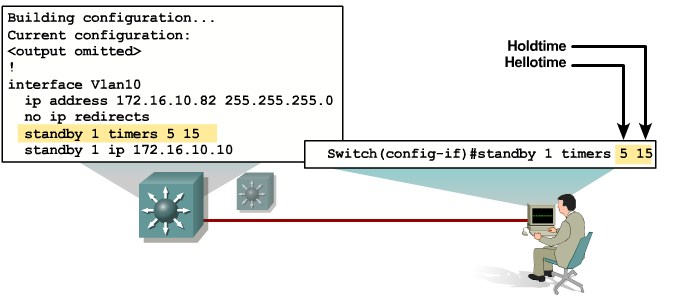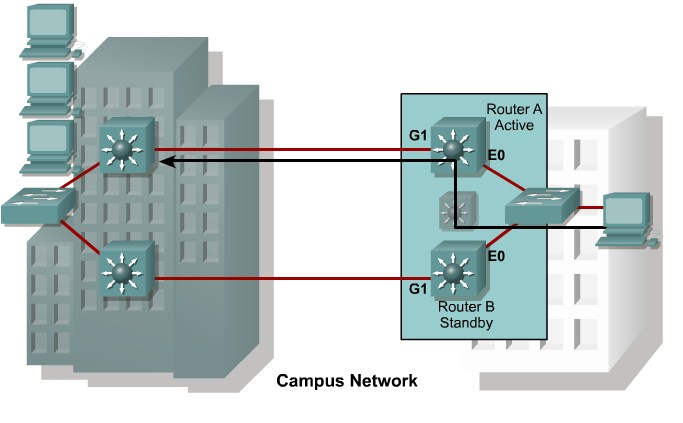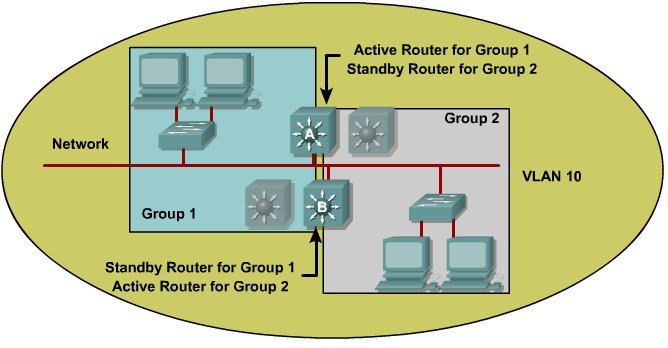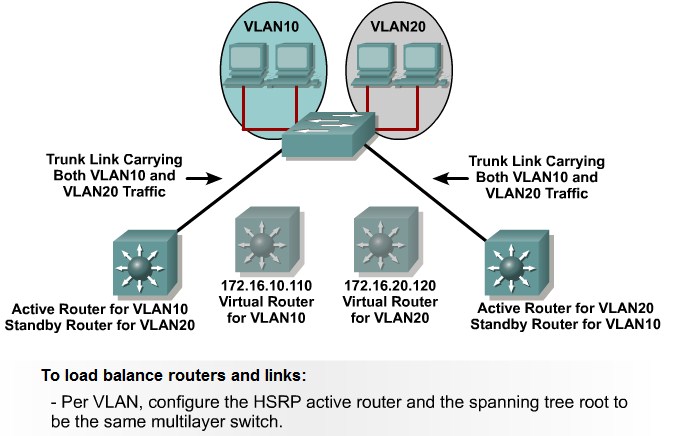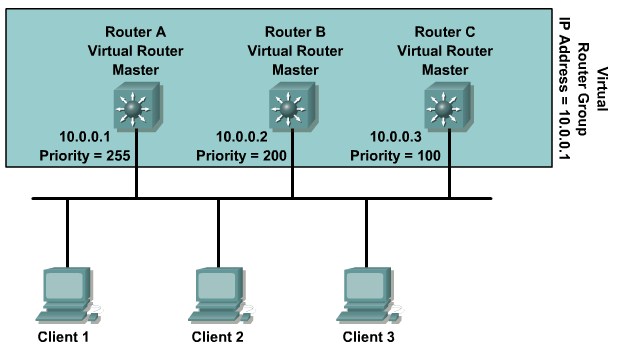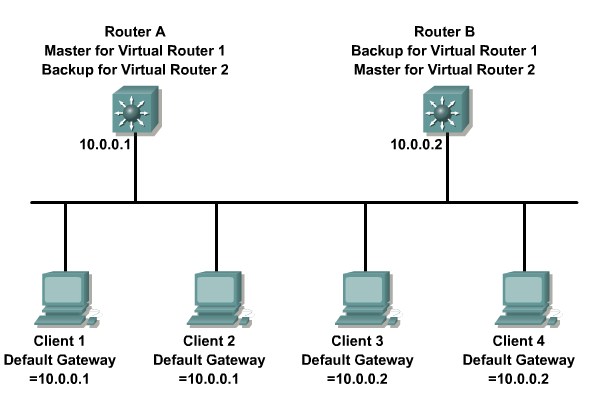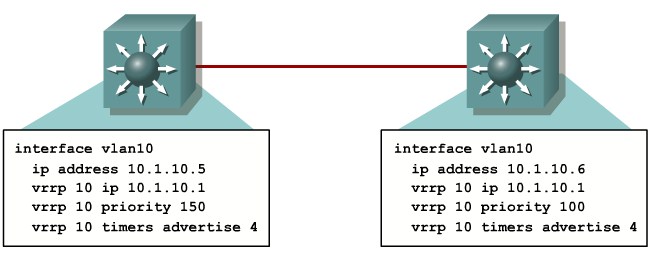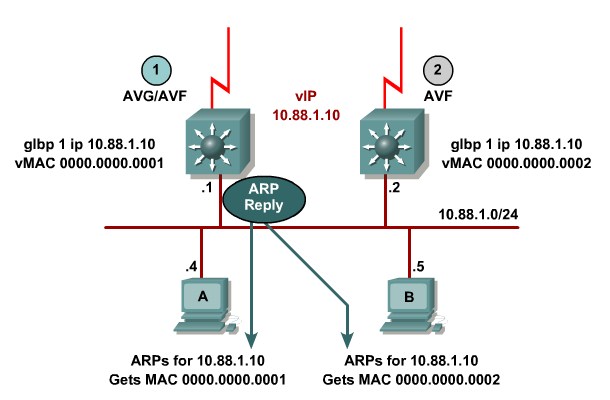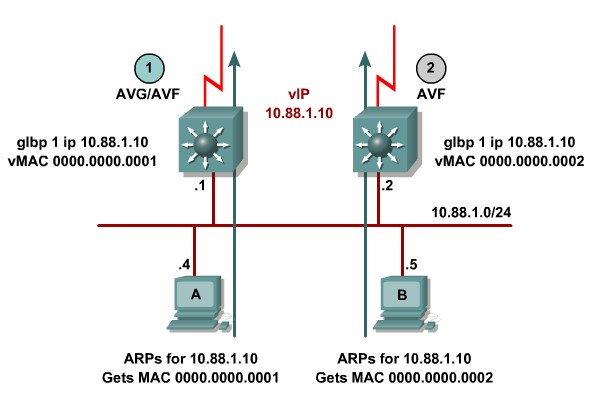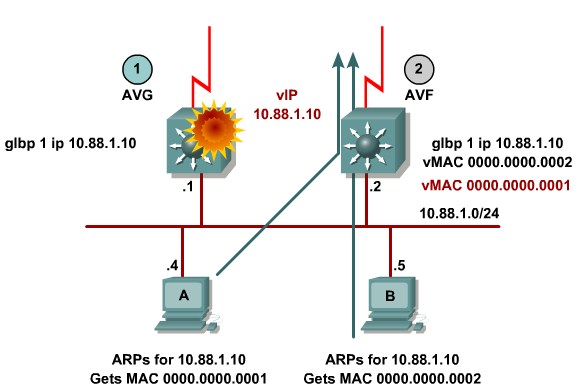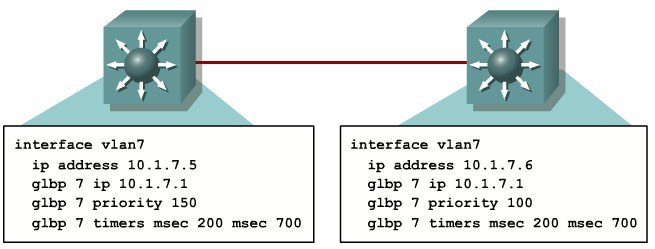CCNP 3 Implementing High Availability in a Campus Environment
Configuring Layer 3 Redundancy with HSRP
Describing Routing Issues
Identifying the Router Redundancy Process
Describing HSRP
An HSRP group consists of the following:
- Active router
- Standby router
- Virtual router
- Other routers
HSRP active and standby routers send hello messages to the multicast address 224.0.0.2 using UDP port 1985.
Identifying HSRP Operations
Describing HSRP States
Describing HSRP Configuration Commands
Optimizing HSRP
Describing HSRP Optimization Options
These options can be configured to optimize HSRP:
- Standby Priority
- Standby Preempt
- Message Timers
- Interface Tracking
Configuration
interface vlan 10
ip address 10.0.0.2 255.255.255.0
standby 1 ip 10.0.0.1
standby 1 priority 150
standby 1 preempt
standby 1 preempt delay minimum 180
standby 1 track GigabitEthernet 0/1 50
standby 1 timers msec 200 msec 750 |
interface vlan 10
ip address 10.0.0.3 255.255.255.0
standby 1 ip 10.0.0.1
standby 1 priority 100
standby 1 preempt
standby 1 preempt delay minimum 180
standby 1 track GigabitEthernet 0/1 50
standby 1 timers msec 200 msec 750 |
Describing Load Sharing
Configuring Layer 3 Redundancy with VRRP and GLBP
Describing Virtual Router Redundancy
RFC 2338
Configuring VRRP
Describing GLBP
Active virtual gateway (AVG): Members of a GLBP group elect one gateway to be the AVG for that group. Other group members provide backup for the AVG if the AVG becomes unavailable. The AVG assigns a virtual MAC address to each member of the group.
Active virtual forwarder (AVF): Each gateway assumes responsibility for forwarding packets sent to the virtual MAC address assigned to it by the AVG. These gateways are known as AVFs for their virtual MAC address.
Communication: GLBP members communicate with each other using hello messages sent every 3 seconds to the multicast address 224.0.0.102, User Datagram Protocol (UDP) port 3222.


